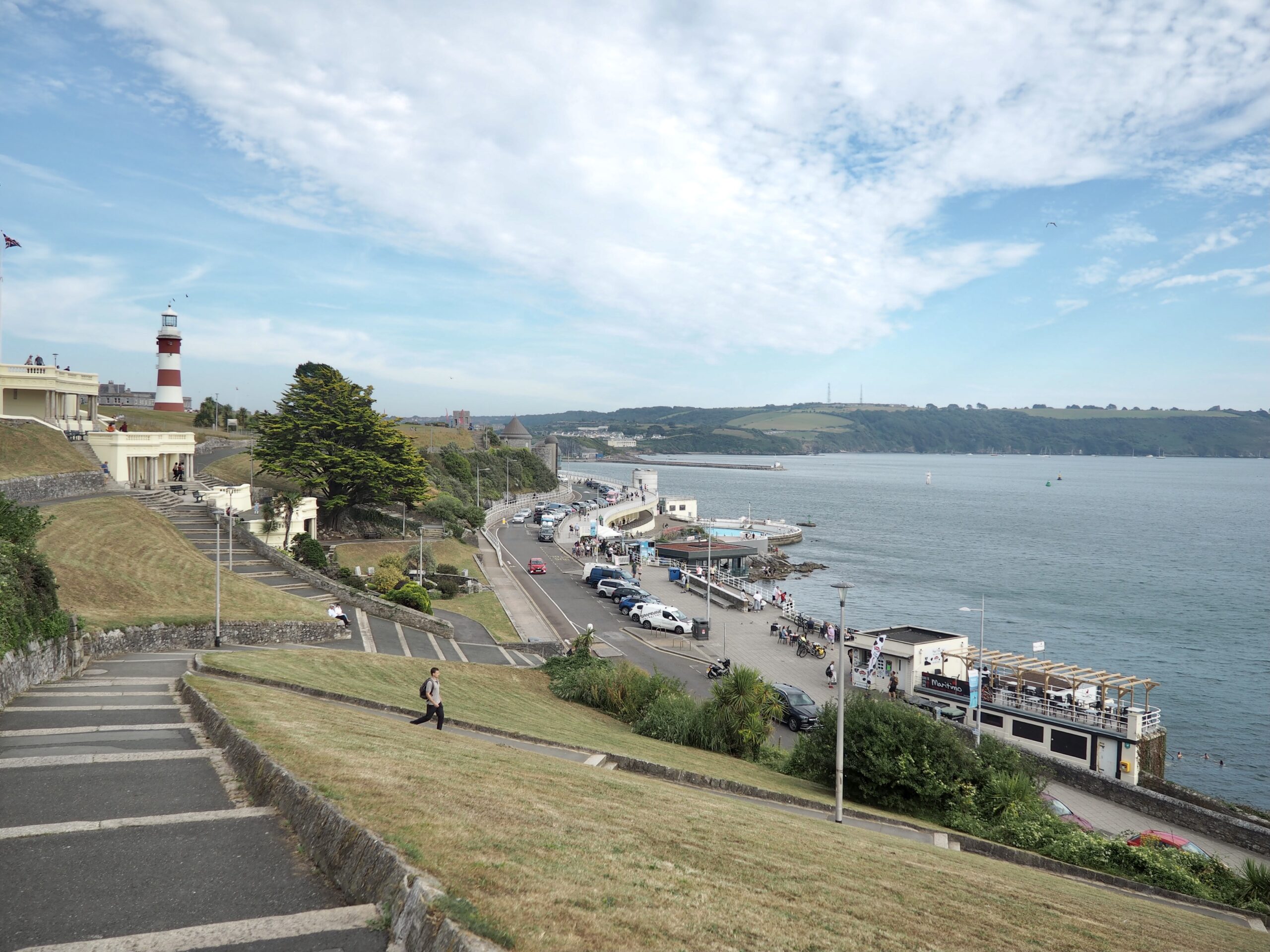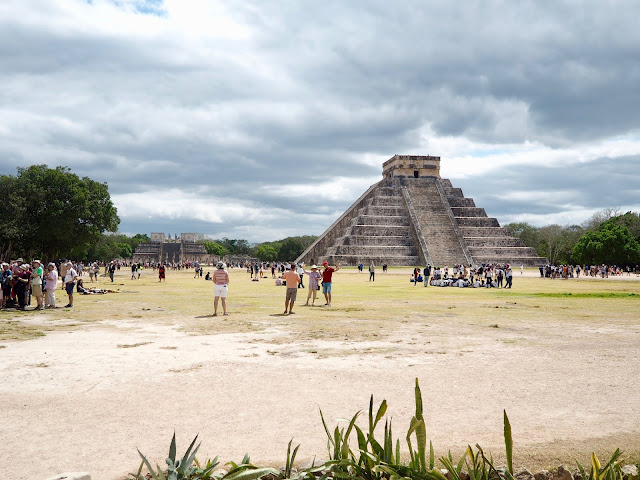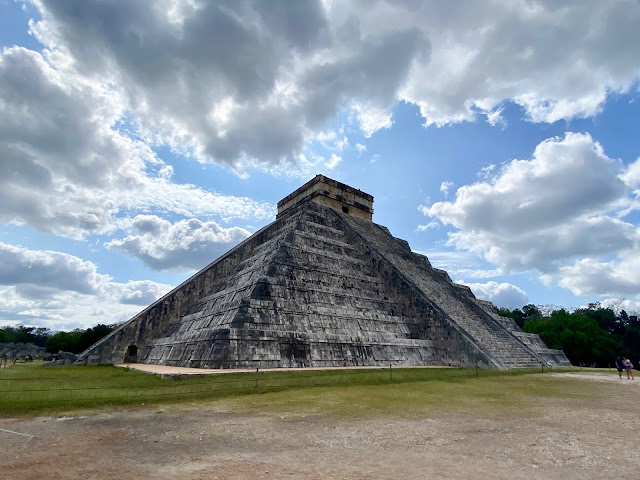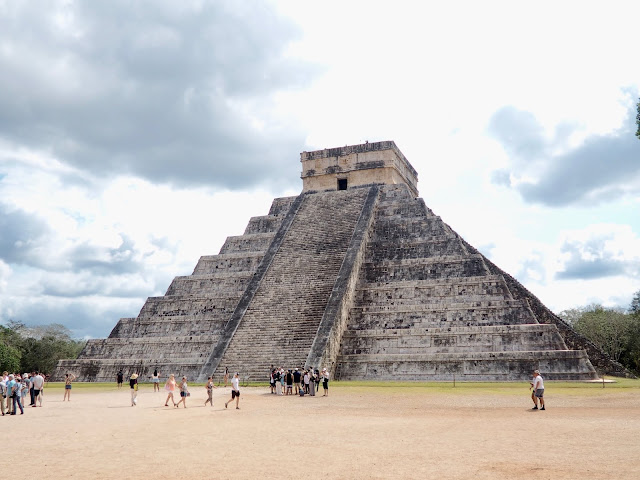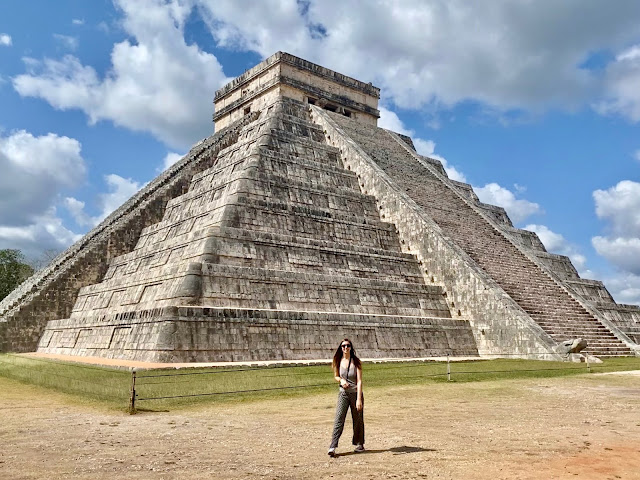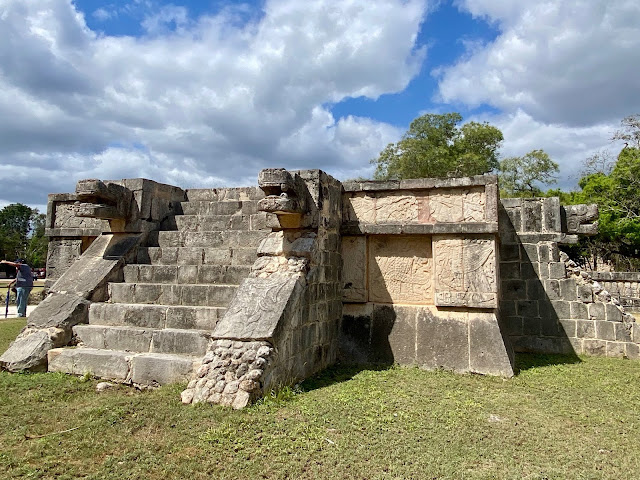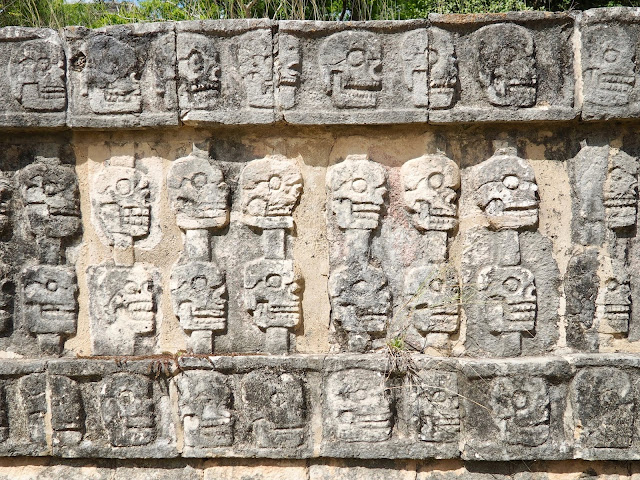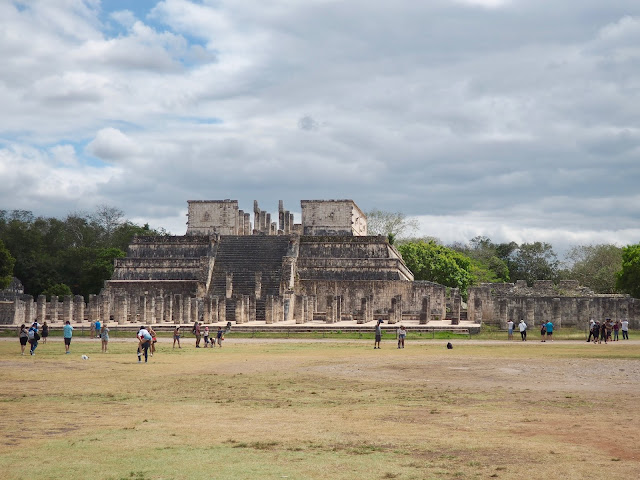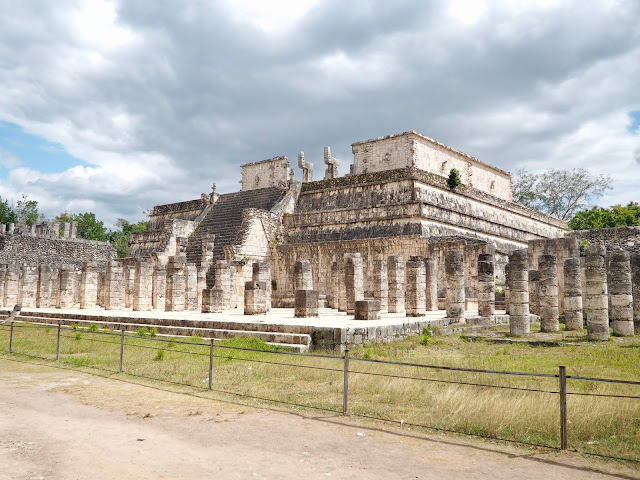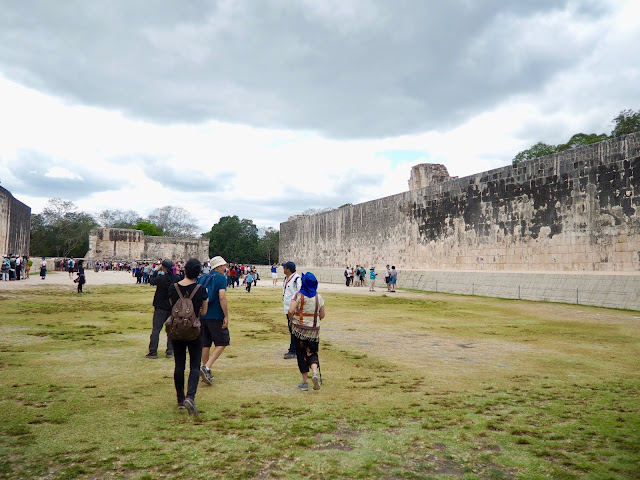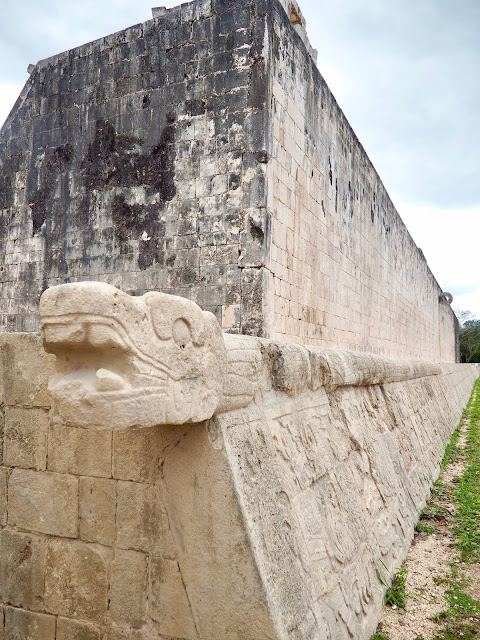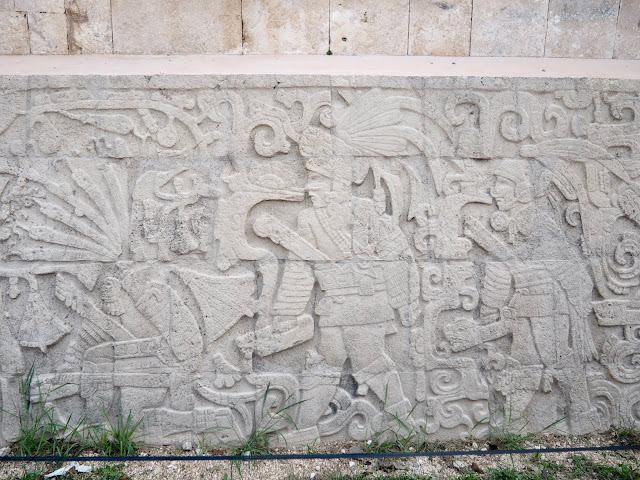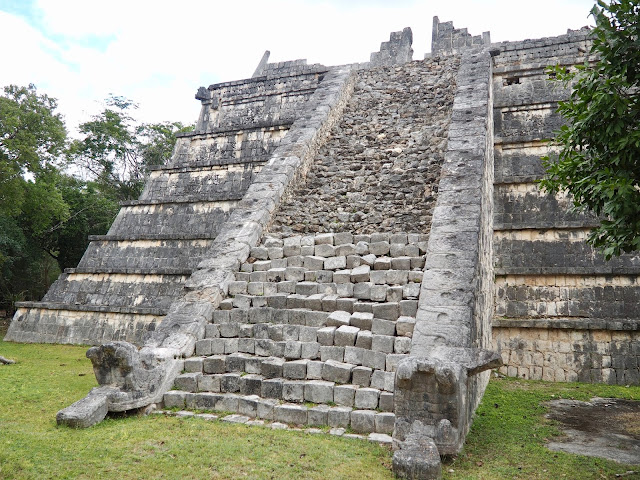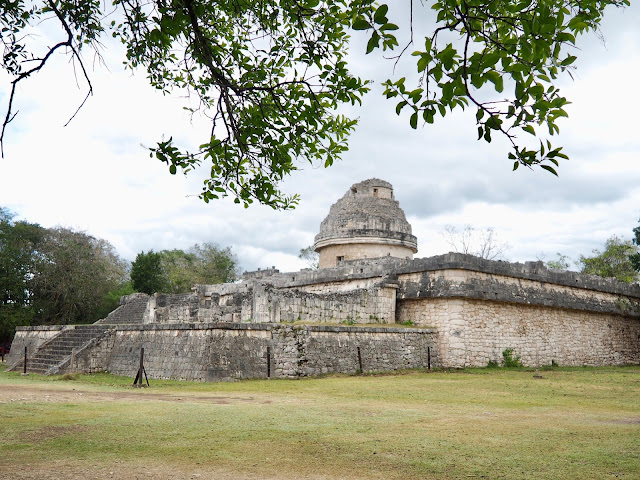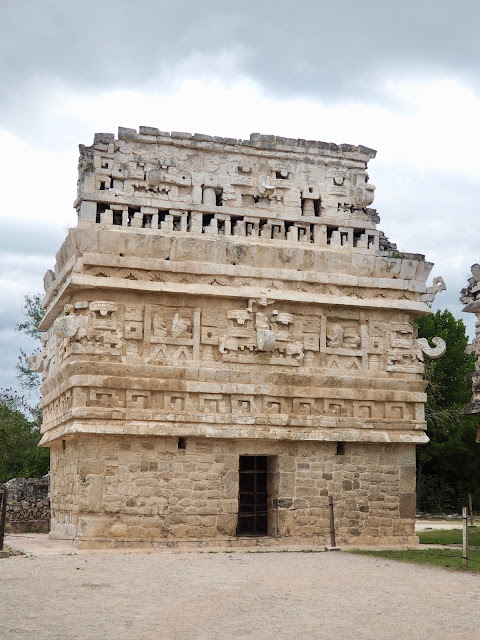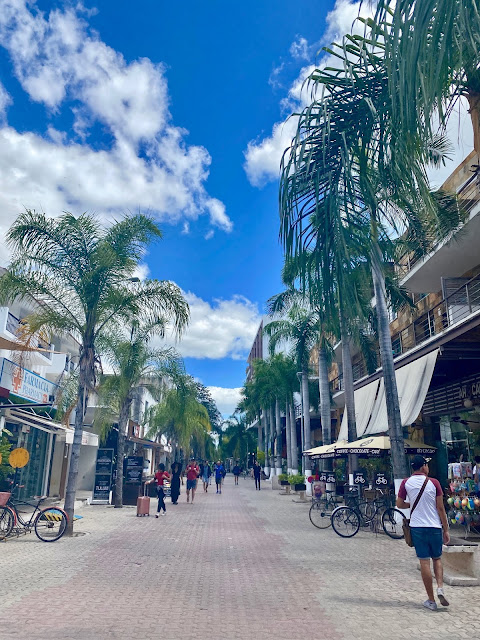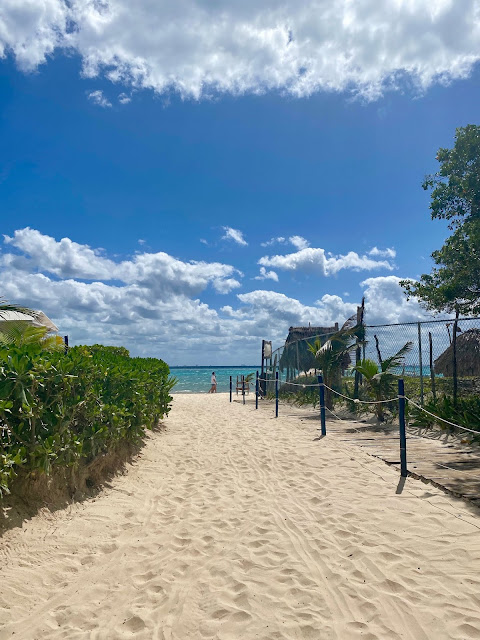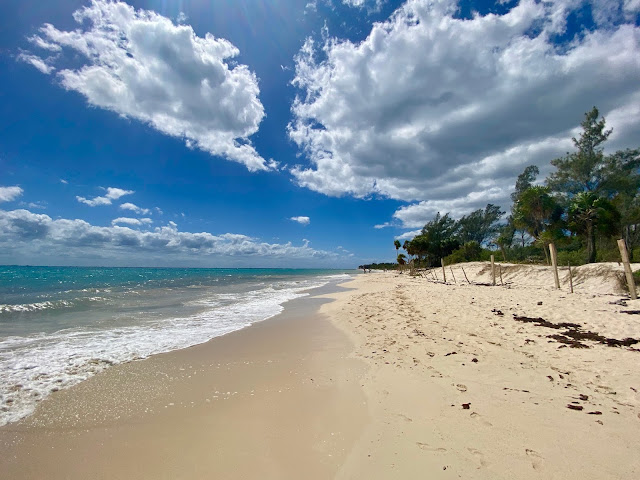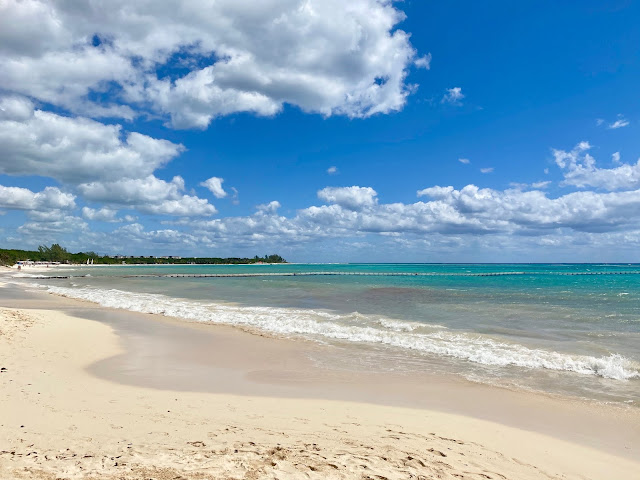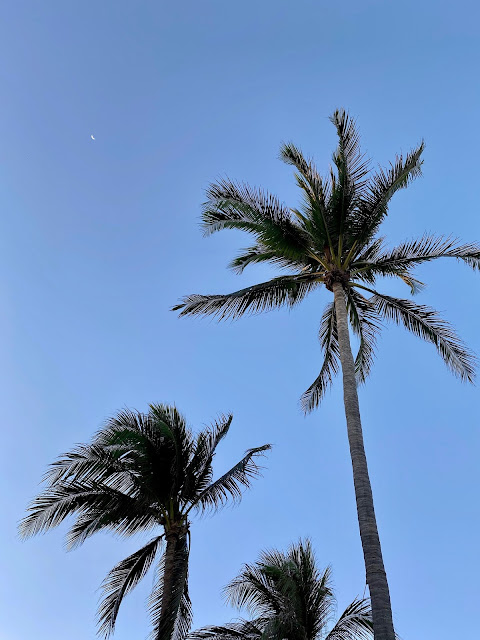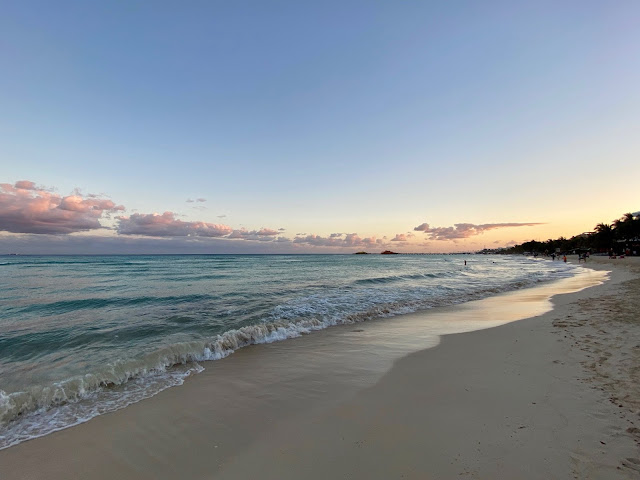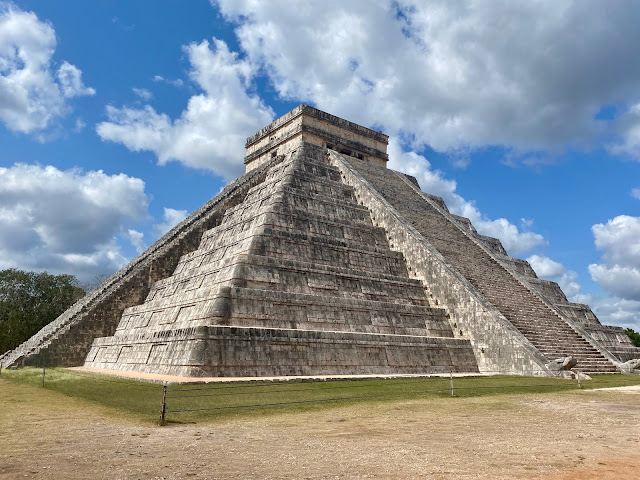
Chichen Itza & Playa del Carmen | Mexico
Playa del Carmen is an interesting one to write about. I nearly wasn’t going to bother at all, since I wrote about it last time I was there, and there’s honestly not that much to see and do. It’s a beach town, all full of hotels and restaurants, shops and bars. However, it’s a popular base for exploring more of the Maya Riviera, especially Chichen Itza, one of Mexico’s most famous pyramids and one of the 7 New Wonders of the World. Initially I thought about including that in my Merida post, and finishing Mexico with that, but I realised it was just going to be so long. Plus, although Playa del Carmen was by no means my favourite place on the trip, it was interesting to compare it to how it was on my last trip, which was almost 5 years ago now.
Day One
Day Two
The main beach front of Playa del Carmen is entirely lined with hotels and resorts, many with loud music blaring from their bars, and suffice to say, this didn’t sound appealing to us. Luckily for us, our tour leader was still happy to help out, and showed us where to find a much more peaceful area, at Playa 88. This is technically still in Playa del Carmen, but involved walking for around 40 minutes, straight up 5th Avenue heading north, before turning down a boardwalk to reach it. We did get to see a little more of the town o our walk, but it was just more shops and restaurants, which eventually gave way to apartment blocks. The beach was definitely much quieter than the main one; there were still plenty of people around, but everyone could space well apart, and there was no loud music or busy hotels behind us. Instead, it was just white sand, blue water, and palm trees swaying in the breeze. It was actually a bit cloudy that day, which wasn’t ideal for sunbathing, but we still got in a good few hours just relaxing on the sand, and going for a dip in the Caribbean Sea.
Around mid-afternoon we started heading back towards the town centre, but first stopped for lunch on the way, to try some highly recommended shrimp tacos at Chiltepin Marisquillos. It was still far enough away from the town centre and 5th Avenue that, although it was busy, it didn’t feel as hectic and loud as many of the others we had passed earlier. Back in the town centre, we still had a little time to spare: we would be departing that evening for Cancun, to stay the night in the airport hotel, before our flight to Cuba at the crack of dawn the next morning. With little other option, we wandered down to the main beach again, to amble along the waterfront, and stopped off for one last margarita in Mexico. We sat on the sand for a while, watching dusk fall around us – this is the east coast, so there’s not quite a sunset! The sky was aglow in pinks and purples though, with the tide gently lapping against the shore, and it was all very pretty. You can definitely appreciate the natural beauty of this part of the country; we just could have lived without the blaring techno beats behind us, and the cacophony of American accents with hardly a word of Spanish to be heard anywhere!
It did seem a bit of a shame for our Mexican adventure to be ending in a place that hardly felt like Mexico at all, though we did enjoy our beach time, and it does make sense to end here for convenience sake. It didn’t lessen what a fantastic time we’d had overall on the trip though, and since I only spent a few days here last time I was in the country, I was very happy to have been able to explore it much more in depth this time. It is a truly fascinating country, with so much history to learn about, and natural beauty to experience. I was also especially happy that Cintia had enjoyed it so much as well, since she’d wanted to come here for so long, and there was that slight fear of reality not living up to expectations, but that certainly wasn’t the case! Mexico is a huge country though, so there’s plenty more of it that we didn’t have time for on this trip, but I definitely feel that we got a pretty thorough overview of their history and culture in the time we had!

Merida | Mexico

Trinidad | Cuba
You May Also Like
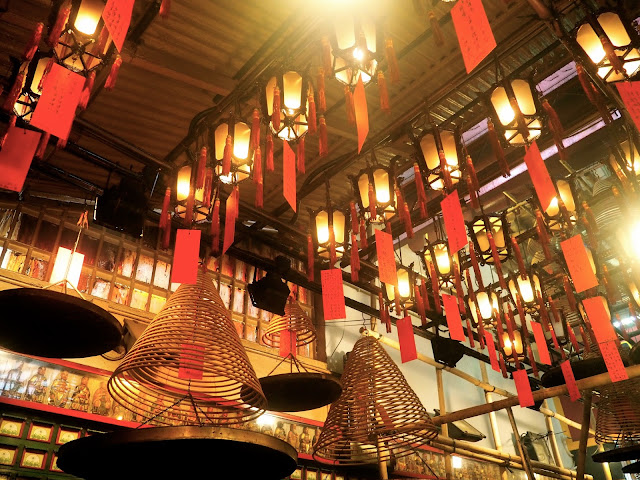
Hong Kong: Places of Worship
23 September 2015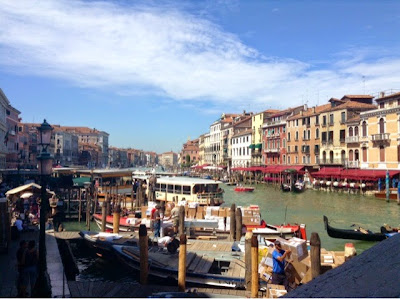
European Escapade Day 14 – Venice
13 June 2014